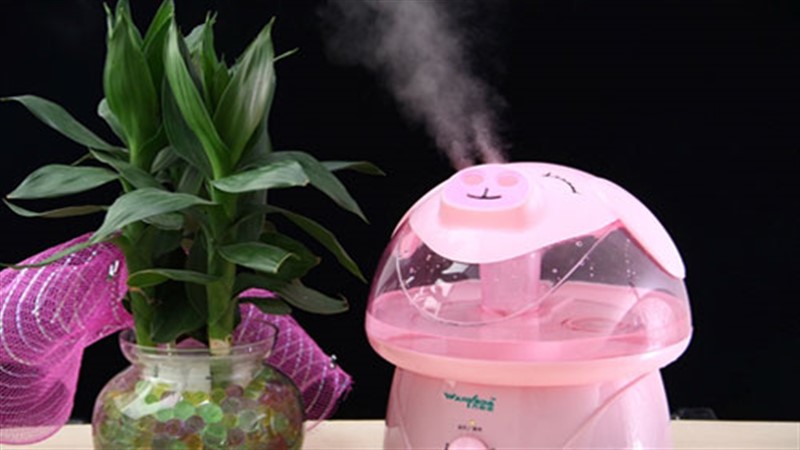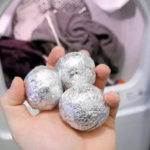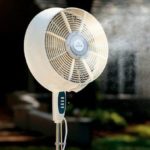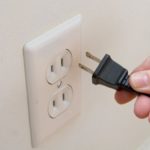It is common to experience “electric shocks” during winter when touching metal objects, other people, or even pets. But why does this happen? And how can we prevent these “shocks”? Let’s explore the answers in this article.
1 Why Do You Get Electric Shocks in Winter?
The phenomenon of electric shocks is more prevalent during winter, especially in regions with cold and dry climates. This is known as static electricity, and fortunately, it does not pose any health risks.
However, it can be a frightening experience for many as they touch something or someone. While the shock from static electricity is not very painful, it can startle people and cause a tingling sensation in the area of contact, such as fingertips or feet.
 Static electricity is more common in winter
Static electricity is more common in winter
Static electricity is more prominent in winter due to the lack of necessary humidity for static electricity to maintain its balance. The human body, as well as flora and fauna, is a unique electrochemical machine. In winter, there is often an imbalance of electric charges when wearing, stretching, or rubbing clothes.
Simply put, when your body experiences an imbalance of electric charges and touches an object with high electrical resistance, static electricity is created from the two contacting surfaces, resulting in a mild electric shock and a tingling sensation in your fingertips.
 Hair can stand up when removing hats or caps
Hair can stand up when removing hats or caps
Additionally, there is the case of hair standing up when removing hats or caps. This occurs because hair cannot maintain moisture or restore itself. Therefore, when hair loses moisture due to cold and dry conditions, it generates static electricity or rubs against woolen clothes.
2 How to Prevent Electric Shocks in Winter
To minimize this annoying situation, consider the following suggestions:
Increase Humidity
Static electricity often occurs during cold, dry weather. If low humidity is the main culprit, increase the humidity in your surroundings.
 Increase humidity to reduce static electricity
Increase humidity to reduce static electricity
Place a humidifier in your home during winter. Higher humidity and moisture in the air will help reduce excess electric charges, making it more difficult for “electric discharges” to occur. As a result, static electricity will be less likely to happen.
Avoid Wearing Rubber Shoes
Refrain from wearing rubber shoes as rubber is a strong insulator, increasing the likelihood of static electricity when accidentally walking on wool or nylon carpets.
 Rubber shoes can cause static electricity
Rubber shoes can cause static electricity
Instead, going barefoot will reduce static electricity in your body. If there is no static electricity on your body, there will be none on your clothes, so walk barefoot indoors if you are about to wear a particular outfit.
Apply Moisturizer Regularly
 Use moisturizer to improve skin hydration
Use moisturizer to improve skin hydration
Taking care of your skin, especially by moisturizing your hands, will help maintain proper hydration. Maintaining and increasing skin hydration is an excellent way to prevent static electricity in dry conditions.
Use Dryer Sheets
 Dryer sheets help prevent static electricity
Dryer sheets help prevent static electricity
Dryer sheets are similar to tissue paper but thinner and are typically used during the clothes drying process. They have multiple purposes, including softening fabric, balancing electric charges during drying, and preventing the accumulation of electric charges that can transfer to your body.
These are our tips for reducing “electric shocks” caused by static electricity in winter. We hope this information will help protect you and your loved ones.






































